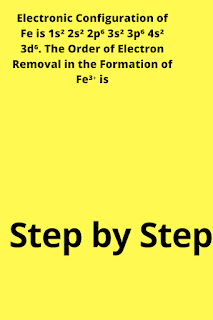Is NaCl ionic or covalent?

Answer: NaCl is an ionic compound. Explanation: NaCl is composed of two elements.The first element is sodium.Sodium is a metal.The second element is the chlorine.Chlorine is a nonmetal. We know that metals release its valence electrons to follow the octet rule.On the other hand,nonmetals receive electrons to to follow the octet rule. Here to form NaCl compound, the metal sodium has released one electron and the nonmetal chlorine has received one electron. Na------>Na+ + e Cl +e --------> Cl- So,ionic bond exists between sodium ion and chloride ion.The sodium ion is called cation and the chloride ion is called anion. Summary: In NaCl, the position of Na is in the left side of the periodic table(Group 1A),so Na is a metal. And the position of the Cl is the right side of the periodic table(Group 7A),so Cl is a nonmetal.Therefore,ionic bond exists between Na and Cl and NaCl is a ionic compound.


































